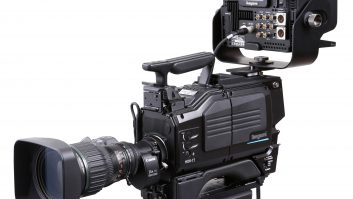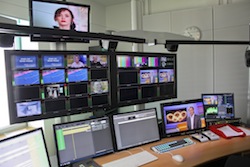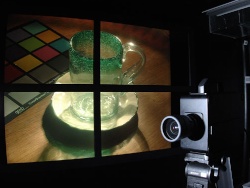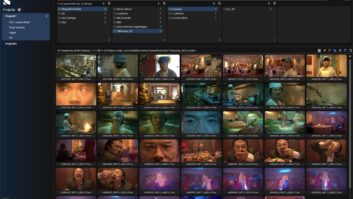
The progress towards the day SDI finally dies and IP dominates was put into perspective yesterday by EBU director of technology Simon Fell, when he said: “We have had a tremendous lifetime out of SDI, and we are now trying to set the standard for the next 20 years here at IBC.
“We must get it right, with practical and pragmatic solutions, because in the next decade there will be mega-bucks invested in IP production. And if manufacturers want to be part of this chain then they must step in and show what they can do,” he added.
Fell sees issues around further required development work, and the industry’s ever present, proprietary technology. He said: “Interoperability is key and that is what we are showing in the ‘interop’ zone.
There is still work to do in getting things like the BBC proposed standard NMOS for identifying and recognising equipment on the network worked through, plus issues around automation of management and monitoring.
“And then the key thing is to sort through the mess of proprietary elements that are laid on top of switches. There may be some compression, while others try doing without it. Then there is an element of software layer added onto standard switches to make them do what the industry needs,” he added.
“For the first time you are going to see all the different industry bodies (EBU, AIMS, SMPTE, VSF, IABM and AMWA, plus AES) working together and we have grouped dozens of manufacturers in a giant Interop demo. We are heading in the right direction.”
The market has reacted well to the joint task force, and publicity for the VRT IP studio has made users lose their worries about moving to IP. What will they get?
“What we want are the flexibility benefits of the IP studio – the flexible architectures that will actually change the way you use your facilities on a moment by moment basis,” said Fell.
“You could be publishing to the web one minute, going live online or via a mobile network or smart TV, all while you are recording the highest quality for your future archive. The capabilities of software-based operation are coming, and we need to find structures that support the future.”






